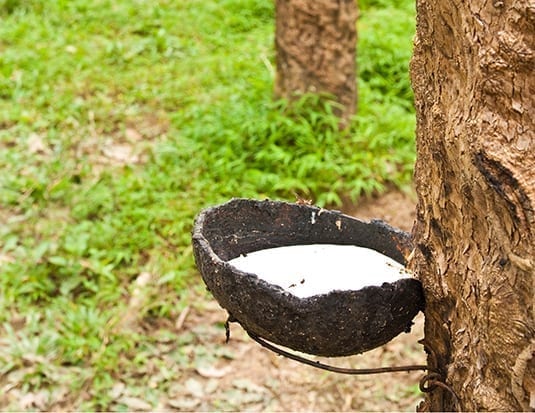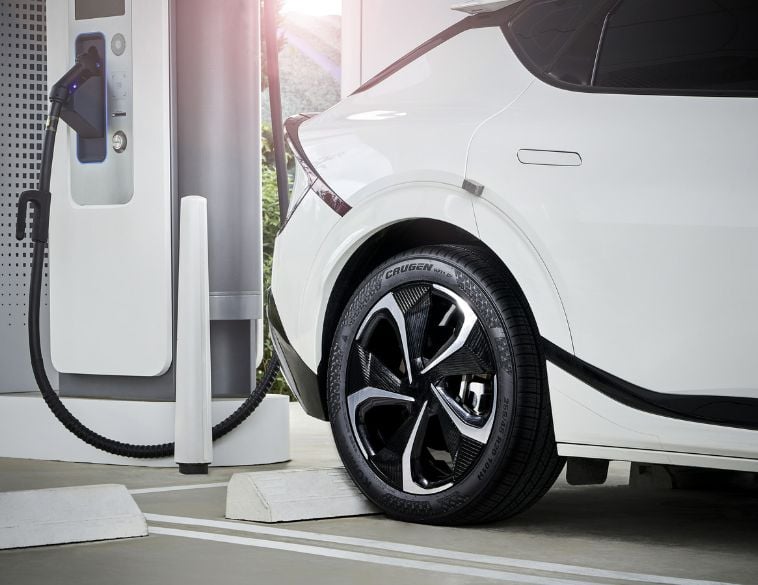Deep in the heart of Indonesia, a tapper holds a handheld device to a numbered bucket on a rubber tree, recording levels of soil, climate, tree yields and other specifics, helping to establish a chain of custody for rubber produced in that area.
That’s the type of scenario described by David Tulausakas, Sustainability Director at General Motors, as just one of many tactics to develop a sustainable natural rubber tire. “They could literally trace that bucket of rubber, as it’s combined with other buckets, as it’s processed through the value chain all the way up to where it’s purchased by a tire manufacturer,” he describes.
“When we get the tire, they can say that 15 percent of the rubber in that tire came from a source that was not a result of deforestation, that the companies that produced the tires are not under investigation for any unethical business practices, and that their facilities have been audited and approved by a third party.”
Transparency and traceability
According to Tulausakas, GM has been integrating sustainability into its business for a long time. “We started working on this particular initiative in 2016,” he says. “We looked at our supply chain, wanting to leverage our size, scale, scope and buying power to have meaningful demand for our customers and the communities in which we work and live.”
Tire manufacturers such as Bridgestone, Continental, Goodyear and Michelin, have already been looking at this issue to ensure long-term availability of their key resource for this product. “We’re engaged with these manufacturers, and focusing on three key areas,” says Tulausakas. “That’s zero deforestation, responsible and ethical business practices and ethical and responsible labour practices.”
Although much work in terms of best practices has been done in similar areas like fair trade, the rubber industry is complex. “The majority of rubber comes from very small farms,” notes Tulausakas. “It’s estimated that about three million people work in the production and processing of rubber in Southeast Asia, from about 84,000 different sources.”
He estimates that rubber demand will grow annually by two to four percent. “In order to meet that future growth, rubber plantation owners only have a couple of choices – to increase the yield of rubber trees, or take land and convert it to new rubber production. Transparency and traceability are key.”
Innovative approaches
GM is aiming to create a demand for sustainable natural rubber that will accelerate technology in innovative approaches. “We are open to any technology that facilitates transparency and traceability,” says Tulausakas. “Our suppliers are taking multiple approaches because it’s going to require multiple types of solutions to achieve this.”
Sustainability isn’t just an environmental issue. “This is equal parts financial, economical and societal,” says Tulausakas. “We’ve got an opportunity here to drive efficiencies and expand capabilities within our supply chain to improve the yield of rubber plantations around the world.”
He feels that GM’s stakeholders expect the automaker to manage their supply chains responsibly. “If there are any sorts of issues, we’ve got a responsibility to use our buying power to influence what happens up the value chain.
“This is going to take all key stakeholders to ensure that we achieve this vision of sustainable natural rubber. It’s going to take governments, communities, environmental NGOs, and all the OEMs.”



